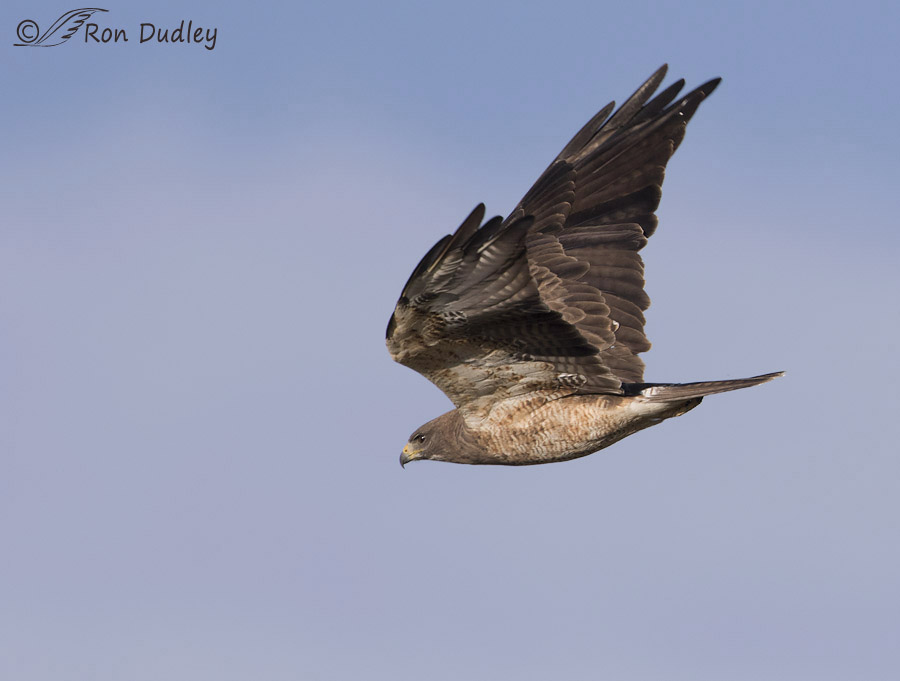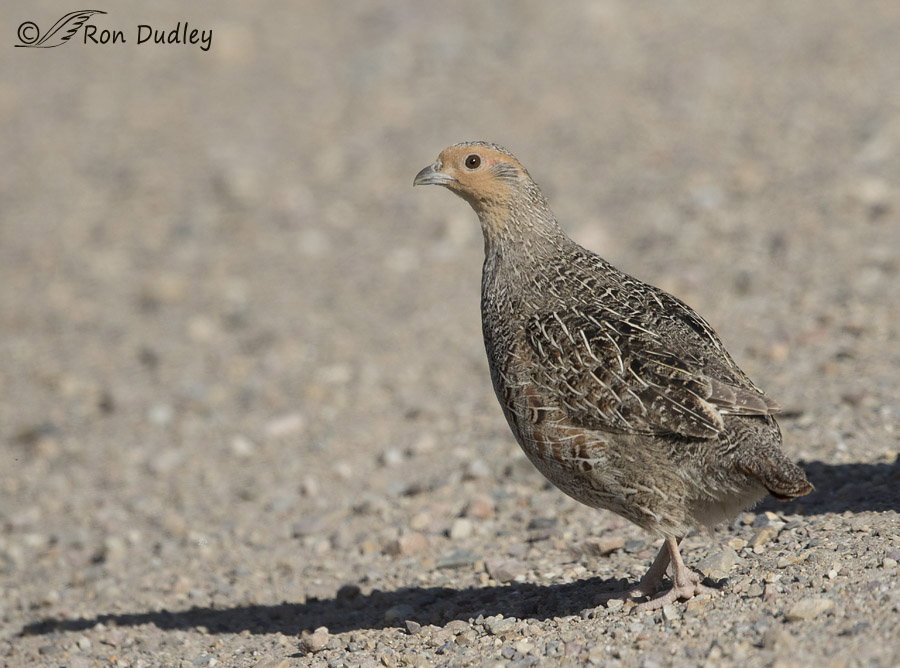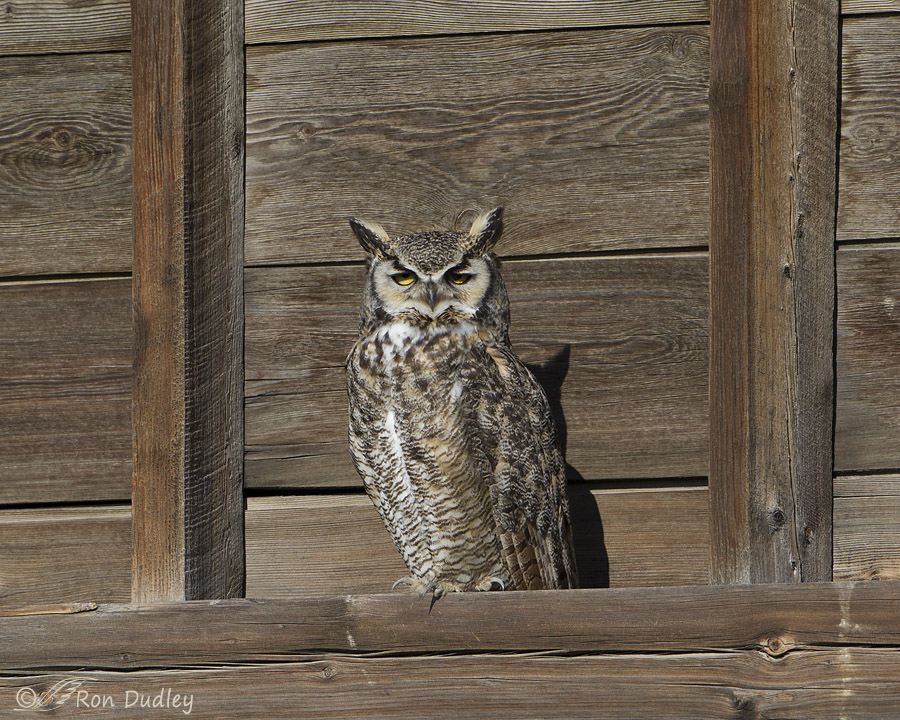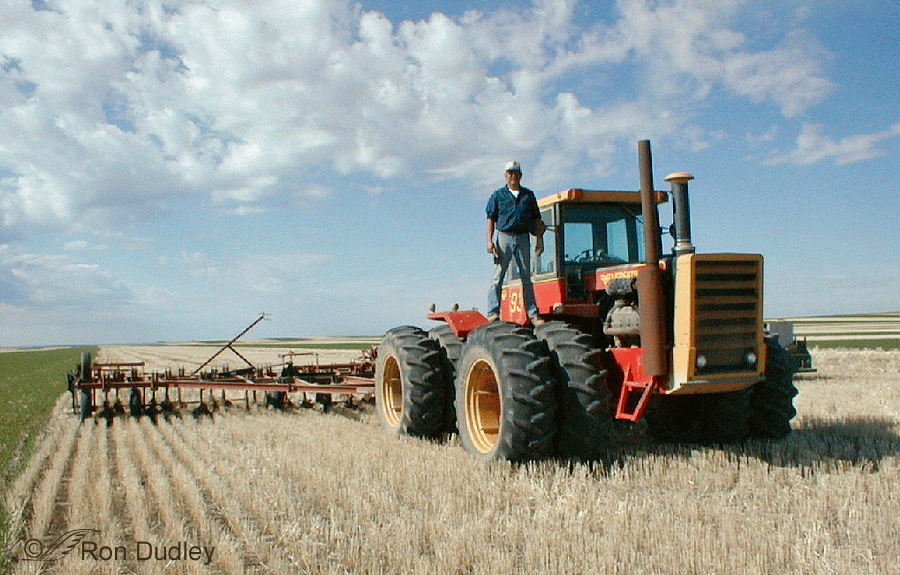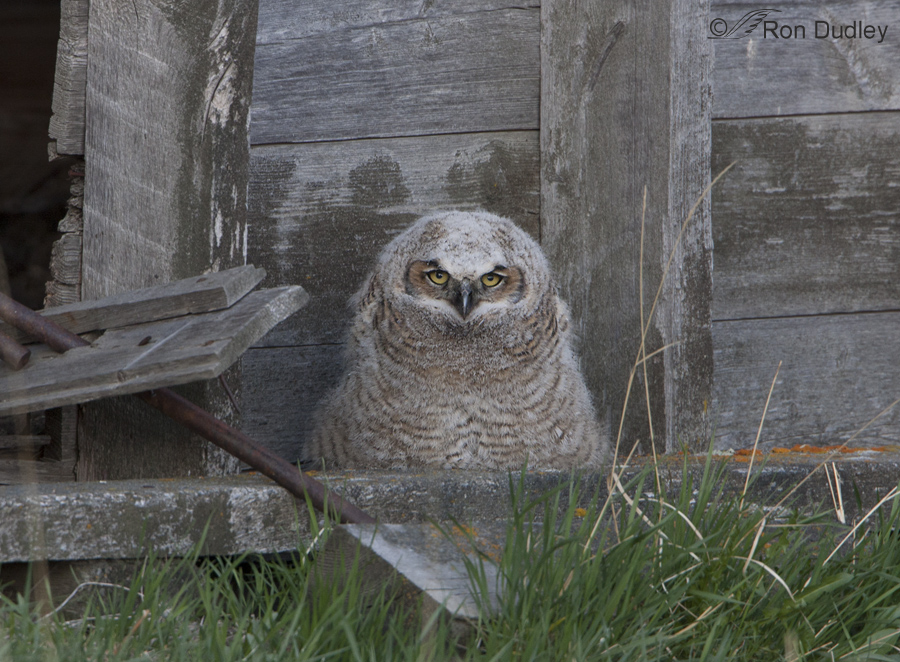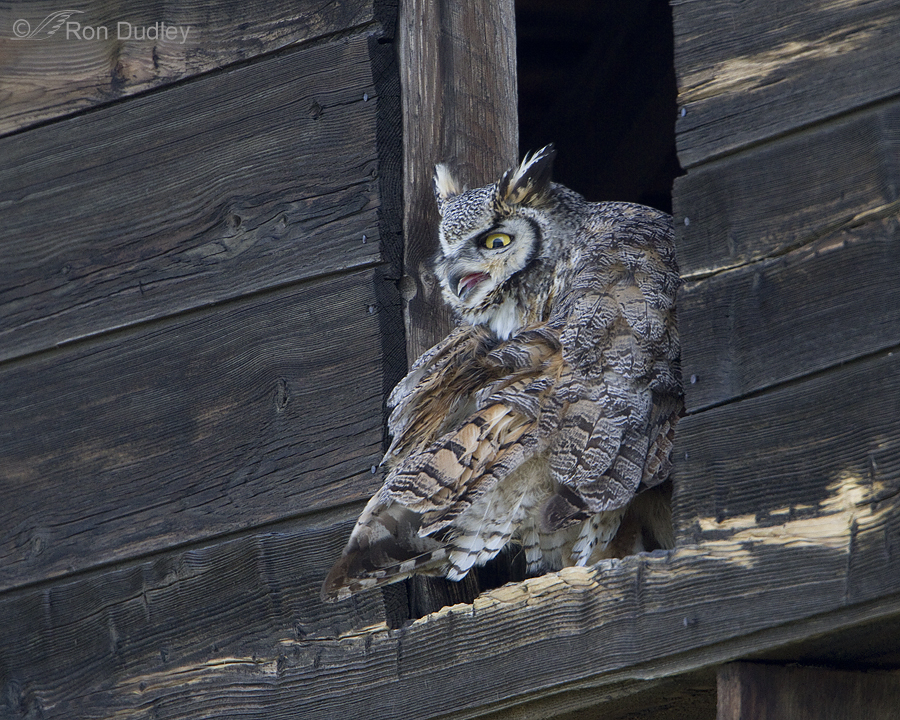Category: Family farm in northwest Montana
Gray Partridges – An Unusual Find For The Centennial Valley
Inscrutable Great Horned Owl
A Few More Birds (and a personal observation) From Our Recent Montana Camping Trip
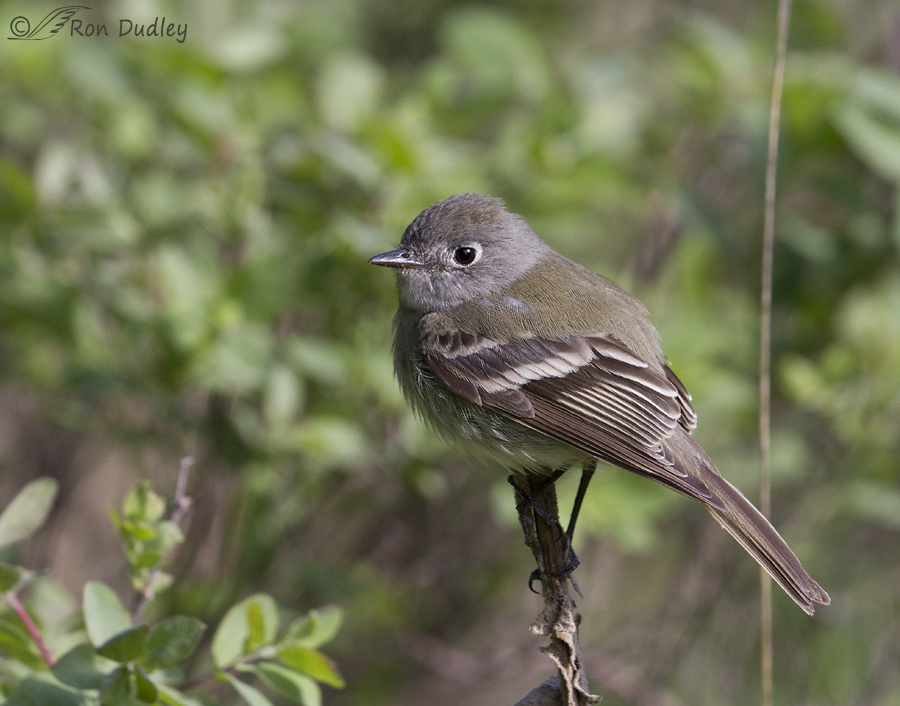
This post is largely a collection of photos that documents some of the bird species I photographed on our recent camping trip to southwest Montana. Most of these images have flaws and as I’m prone to do I’ll be pointing those flaws out but for me each of the images has something positive to offer to make up for their shortcomings.
Saying Goodbye To An Old Friend And Remembering The Kindness of Another
Great Horned Owl Chicks On The Farm
A Spooky Great Horned Owl For Halloween
A Wet, Winking Great Horned Owl Fledgling
I love the half-closed, fuzzy eyelid and the ear tufts or “horns” that are just beginning to form on this young owl.
Gray Partridges In Northwest Montana
The Gray Partridge has a fairly limited range in North America and most folks don’t get to see them so I thought some of my readers might be interested in a post on the species. This bird prefers the grasslands and grainfields of our northern wheat-belt so they’re fairly common on our family farm in northwest Montana.
Gray Partridges are often called Hungarian Partridges, or “Huns” for short.
Great Horned Owls In The Montana Wind
I’ve posted before about the Great Horned Owls on the family farm in nw Montana. That farm is near Cut Bank, Montana which is famous (infamous) for its howling winds. 1/1000, f/8, ISO 500, 500 f/4, 1.4 tc, natural light, not baited, set up or called in So many of my images of those farm owls show the effects of the wind on the owls. The wind was only moderate when I took this shot so about the only effect you can see from it is the leaning ear tufts (horns). Even at this wind speed you can hear it whistling through the granary cutouts where these birds like to perch When I’m shooting from a tripod instead of from my pickup it’s difficult to get sharp shots because of the effects of the wind on my long lens. 1/160, f/10, ISO 500, 500 f/4, 1.4 tc, natural light, not baited, set up or called in But when the wind really howls the birds seek refuge. This owl liked to hunker down deep in this Poplar tree as an escape. It was so deeply buried in the tree that I could only get fleeting glimpses of it when the wind would blow some of the branches and leaves in front of the bird to the side. At times the wind would blow the ear tufts almost flat on its head. This owl is leaning into the wind to keep from being blown off the perch. 1/500, f/8, ISO 500, 500 f/4, 1.4…
Loggerhead Shrike Attempting To Impale A Grasshopper
Shrikes are well-known for impaling their prey on sharp projections like thorns or barbed wire as a means of food storage – they’re called “butcher birds” for good reason. I suspect the behavior to do so is innate but to become skilled at it takes practice. This past summer I found this Loggerhead Shrike on a fence on the Montana farm where I grew up. It had already captured the grasshopper when I arrived on the scene. First, my standard disclaimer for behavioral sequences. This bird was strongly sidelit so I seldom got a catch light and the light was harsh. To compensate, I did more processing with these images than I normally do because my intent is to show the behavior as well as possible, even though image quality suffered from the processing. Almost immediately I could see that the shrike was going to attempt to impale the grasshopper on the barb just below and in front of the beak of the bird. Impaling prey apparently isn’t an easy task. From all the contortions the bird went through… I’d assume that part of the problem was the awkward angle the shrike was at… to get proper leverage to complete the task. At one point the bird nearly fell off the fence. After a few moments the shrike gave up, turned its back on me with the grasshopper between its legs (and a gob of grasshopper on its bill) and seemed to contemplate what…
Great Horned Owls On The Montana Family Farm
Note: When I first started blogging 19 months ago, I somewhat arbitrarily decided to post my photos at 720 pixels on the long side. It didn’t take me long to change my mind and begin posting significantly larger images for the much better quality that becomes apparent at that larger size. Since that time I’ve pretty much ignored those early posts, until yesterday when Ingrid Taylar brought my attention to this Great Horned Owl post and it reminded me just how small the images are. So, I’ve decided to repost a very few of those very early works, with some additions and changes which will include: larger images – 900 pixels on the long side additional images, in most cases techs included with the photos updated narrative I’m thinking there might be two or three of these reposts over the next several weeks. I hope you’ll bear with me… For many years now there has been at least one pair of nesting Great Horned Owls on the farm where I grew up near Cut Bank, Montana. They were never there when I was a kid but they’ve sure taken to it since. This farm still seems like home to me and I return to it at least once every year for a visit with family and of course to check up on the owls. It’s the perfect place for these birds as it’s isolated, there are many old barns and granaries for the owls to find sanctuary and the area is literally crawling with field mice, voles and the ubiquitous Richardson’s Ground Squirrel…
Critters On My Family Farm In Glacier County, Montana
This post is an experiment. I’m on the road right now, visiting the family farm in nw Montana where I grew up. As a result, these images were processed on my laptop so I’m unsure about sharpness, brightness, color and other aspects of processing. I’ve never posted from my laptop before but thought I’d take a chance and see what happens… All three of these images were taken on the farm in the last 24 hours. 1/800, f/11, ISO 500, 500 f/4, 1.4 tc There has been a breeding pair of Great Horned Owls on the farm for many years now, residing in the multiple old barns and granaries. This is the male. 1/1250, f/8, ISO 500, 500 f/4, 1.4 tc As we came down the hill toward the house this morning I spotted these two White-tail fawns drinking in the creek. It seems to me that they’re pretty young for so late in the year. 1/800, f/11, ISO 500, 500 f/4, 1.4 tc The Gray Partridge is common on the farm but extremely difficult to approach. This is as close as I’ve been able to get so far but you can bet I’ll be working to get closer until we leave for home. (I was at f/11 because I was trying to photograph multiple birds as they scurried through the grass). This species used to be called the Hungarian Partridge, so everyone up here has always called them “huns”. So far it’s been a great trip and I hope to have…
Great Horned Owl Fledglings On The Farm
This morning I met some of my relatives out on Antelope Island and in our conversation the subject of the Great Horned Owls on our family farm in nw Montana (by Glacier NP) came up. I haven’t visited the farm yet this summer and our conversation reminded me of how much I miss the place (and the owls). So I decided to do a post of some images I’ve taken in the past of fledgling GHO’s on the farm. I’ve posted some photos of a couple of these birds in the past but they were different images. The owls have been resident on the farm for many years now and everyone up there loves them and watches out for them. When the youngsters fledge you just never know where they will turn up in the early mornings and evenings. They do a lot of exploring around the old barns, granaries and farm equipment. 1/800, f/8, ISO 400, 500 f/4, 1.4 tc Sometimes the setting I find them in is both rustic and cluttered with old metal and farm machinery. 1/800, f/5.6, ISO 500, 500 f/4, 1.4 tc Other times they perch in the openings of old barns and granaries which usually gives me a black background which I like. When there’s no direct sunlight on the wood the color tones are cool. The staple diet of these owls is Richardson’s Ground Squirrels (we’ve always just called them”gophers”). Here you can see fresh gopher blood dripping down the wood from the last meal of one of the owls. …
Birds, Lamentations And Musings From My Recent Trip To Western Montana
Recently Mia and I spent just over a week in western Montana on another camping/photo excursion. It was a trip packed with wonderful birds, breathtaking scenery, colorful characters and almost too much drama for me. We spent two days at Red Rock Lakes National Wildlife Refuge, then four days on the western Montana farm near the Canadian border where I grew up and then spent one night at Red Rocks again on the way home. In this post I’ll include a sampling of photos from the trip in the rough order they were taken. Canon 7D, 1/1250, f/5.6, ISO 800, EV +1.00, 800 f/4, 1.4 tc This Long-billed Dowitcher photo was taken at a pond on the refuge that often has many birds of good variety but it’s difficult to get good light at this location. Canon 7D, 1/2000, f/6.3, ISO 800, EV +0.00, 500 f/4, 1.4 tc This Least Sandpiper gave me a similar pose as in the previous shot but I liked the head turn and lighting better (even though it made the whites a challenge to expose properly). Canon 40D @22mm, 1/60, f/14, ISO 500, EV +0.33 Mornings at Red Rocks are often spectacular. Here the sun is just beginning to rise on a layer of ground fog with another layer of low clouds just above the fog. Roads similar to and much worse than this one were the source of the drama I referred to earlier. On this trip we had a total of four flat tires, most…


